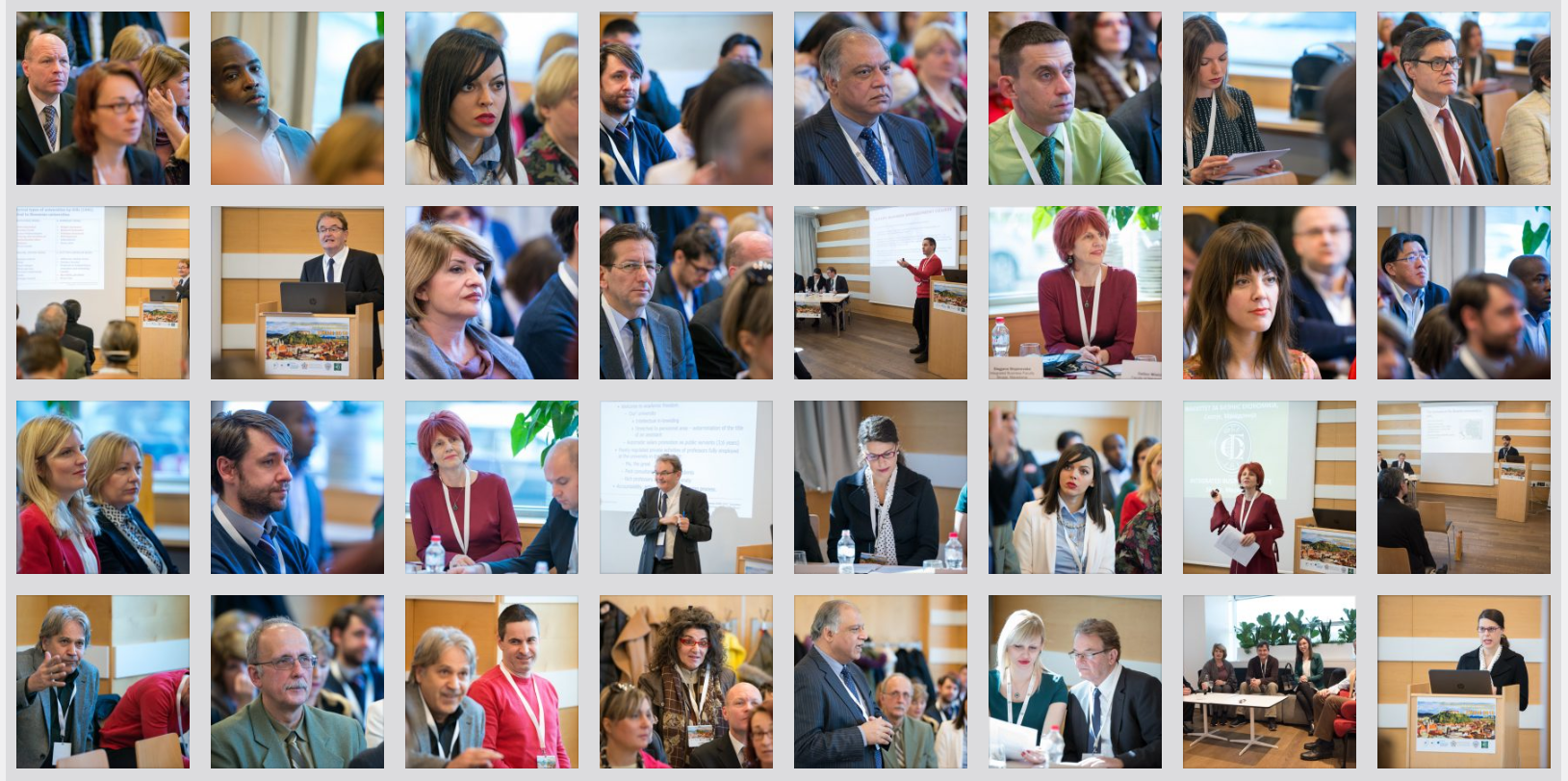Etleva Leskaj – University of Tirana, Faculty of Economy, Street “Arben Broci”, 1001, Tirana, Albania
Loren Lazimi – University of Tirana, Faculty of Economy, Street “Arben Broci”, 1001, Tirana, Albania
Keywords:
SWOT analysis;
Tourism;
Strategies;
Weakness;
Threat;
Opportunity;
Strength;
Internal Factor;
External Factor
Abstract: Albania is a small country in southeast Europe with an abundance of natural and cultural landmarks. Considering the state of international travel today and its projected expansion, many countries see tourism as a hugely promising industry. Albania’s natural and cultural features make it an attractive place for the expansion of tourism. Albania’s tourism industry has expanded steadily and considerably, keeping pace with the world economy. The tourism industry is a vital component of the Albanian economy, providing significant direct and indirect employment contributions as well as infrastructural investments. Since 1992, there have been numerous articles regarding Albanian tourism discussing the future goals of this industry (Burlea-Schiopoiu & Ozuni, 2021; Lazimi, 2021; Ylli, 2016). According to experts, there is a noticeable absence of a clear vision and appropriate, attainable goals in the developed strategy. In any event, the development of tourism was chaotic and without a strategic focus, even in the present day. This industry needs to be developed with careful planning and study. All stakeholders involved in the tourism business cannot gain equitably from this industry if there is no proper strategy in action. In light of this, it is essential to use a method like the SWOT (strengths, weaknesses, opportunities, and threats) analysis to look at several strategic aspects of the tourism business. SWOT analysis is a very helpful tool to utilize as a preliminary step before doing a more thorough examination of sustainable tourism. The data for the study was gathered from many sources, including a review of the literature, interviews with business professionals, and stakeholder groups from the quadruple helix, which includes civil society, private businesses (start-ups, SMEs, and corporations), academic institutions (researchers, universities), and public institutions at the local, regional, and national levels. Consequently, participants from every sector are active in the innovation processes, leading to outcomes that benefit all stakeholders. To establish strategic priorities, the nation’s tourism industry’s internal strengths and weaknesses as well as external opportunities and threats were examined. Next, a framework for strategic planning was created using the SWOT matrix.

Download full paper

8th International Scientific Conference – EMAN 2024 – Economics and Management: How to Cope With Disrupted Times, Rome, Italy, March 21, 2024, CONFERENCE PROCEEDINGS, published by: Association of Economists and Managers of the Balkans, Belgrade, Serbia; ISBN 978-86-80194-83-7, ISSN 2683-4510, DOI: https://doi.org/10.31410/EMAN.2024
Creative Commons Non Commercial CC BY-NC: This article is distributed under the terms of the Creative Commons Attribution-Non-Commercial 4.0 License (https://creativecommons.org/licenses/by-nc/4.0/) which permits non-commercial use, reproduction and distribution of the work without further permission.
REFERENCES
Beloborodko, A., Romagnoli, F., Rosa, M., Disanto, C., Salimbeni, R., & Blumberga, D. (2015). SWOT analysis approach for advancement of waste-to-energy cluster in Latvia. Energy Procedia, 72, 163-169.
Bryman, A. (2016). Social Research Methods (5th ed.). London: Oxford University Press.
Burlea-Schiopoiu, A., & Ozuni, F. (2021). The Potential of Albanian Tourism Sector. Sustainability. 13. 3928. http://dx.doi.org/10.3390/su13073928
Butler, R. (2004). The tourism area life cycle in the twenty-first century. In A. A. Lew, C. M. Hall, & A. M. Williams (Eds.), A companion to tourism (pp. 159-169). Oxford, UK: John Wiley & Sons.
Cicmil, S., Gough, G., & Hills, S. (2017). Insights into responsible education for sustainable development: The case of UWE, Bristol. The International Journal of Management Education, 15 (2), 293-305.
Curry, P. (2011). Ecological ethics (2nd ed.). Cambridge: Polity Press.
Dana, L.-P., Gurau, C., & Lasch, F. (2014). Entrepreneurship, tourism and regional development: A tale of two villages. Entrepreneurship & Regional Development, 26 (3-4), 357-374.
Feili, H., Farmahini Farahani, F., Khajenasiri, S., Mohseni, M. H., & Qomi, M. (2016). Analysis of date fruit packing for achieving sustainable development using TOPSIS and SWOT techniques. 4th International Conference on Engineering and Humanities 20th and 21st of July 2016, Odessa, Ukraine.
Hutchings, K. (2010). Global ethics – an introduction. Cambridge: Polity Press.
Jaafar, M., Abdul-Aziz, A. R., Maideen, S. A., & Mohd, S. Z. (2011). Entrepreneurship in the tourism industry: Issues in developing countries. International Journal of Hospitality Management, 30(4), 827-835.
Lazimi, L. (2021). Tourism Sector in Albania: Post-Pandemic Challenges Require New Mindsets. European Scientific Journal, ESJ, 17(11), 35. https://doi.org/10.19044/esj.2021.v17n11p35
Lordkipanidze, M., Brezet, H., & Backman, M. (2005). The entrepreneurship factor in sustainable tourism development. Journal of Cleaner Production, 13(8), 787-798.
Painter-Morland, M., Sabet, E., Molthan-Hill, P., Goworek, H., & de Leeuw, S. (2016). Beyond the curriculum: Integrating sustainability into business schools. Journal of Business Ethics, 139(4), 737-754.
Robson, C. (2011). Real world research (3rd ed.) Chichester, UK: Wiley.
Tosun, C. (2006). Expected nature of community participation in tourism development. Tourism Management, 27(3), 493-504.
Tourism Bulletin. (2021, December). Retrieved from https://turizmi.gov.al/wp-content/uploads/2022/01/BULETINI-I-TURIZMIT-DHJETOR-2021.pdf
Tourism Bulletin. (2022, December). Retrieved from https://turizmi.gov.al/wp-content/uploads/2022/03/BULETINI-I-TURIZMIT-DHJETOR-2022.pdf
Tourism Bulletin. (2023, August). Retrieved from https://turizmi.gov.al/wp-content/uploads/2023/05/BULETINI-I-TURIZMIT-GUSHT-2023.pdf
UNDP. (2022). Tourism and Hospitality in Albania 2022. Retrieved from https://www.undp.org/sites/g/files/zskgke326/files/2022-12/HOSPITALITY%20AND%20TOURISM%20IN%20ALBANIA_FINAL.pdf
White, T. H., Jr., de Melo Barros, Y., Develey, P. F., Llerandi-Román, I. C., Monsegur-Rivera, O. A., & Trujillo-Pinto, A. M. (2015). Improving reintroduction planning and implementation through quantitative SWOT analysis. Journal for Nature Conservation, 28, 149-159. https://doi.org/10.1016/j.jnc.2015.10.002
World Bank. (n.d.). World Development Indicators. Retrieved from http://databank.worldbank.org/data/reports.aspx?source=2&series=ST.INT.ARVL#
World Tourism Barometer. (2020). Volume 18, May 2020. Retrieved from https://webunwto.s3.eu-west-1.amazonaws.com/s3fs-public/2020-05/UNWTO_Barom20_02_May.pdf
World Tourism Organization. (n.d.). Yearbook of Tourism Statistics, Compendium of Tourism Statistics and data files. Retrieved from https://api.worldbank.org/v2/en/indicator/ST.INT.ARVL?downloadformat=excel&_gl=1*h9xmz6*_gcl_au*MjE0MTQ5ODQ4MC4xNzI3MDg5MjMz
World Travel and Tourism Council. (2022). Albania 2022 Annual Research:. Retrieved from https://wttc.org/DesktopModules/MVC/FactSheets/pdf/704/28_20220613152800_Albania2022_.pdf
Ylli, L. (2016). Developing Albanian Tourism. Academic Journal of Interdisciplinary Studies. https://doi.org/10.5901/ajis.2016.v5n3s1p279
Zhang, H. Q., Chong, K., & Ap, J. (1999). An analysis of tourism policy development in modern China. Tourism Management, 20(4), 471-485.
Zhou, L., Chan, E., & Song, H. (2017). Social capital and entrepreneurial mobility in early-stage

